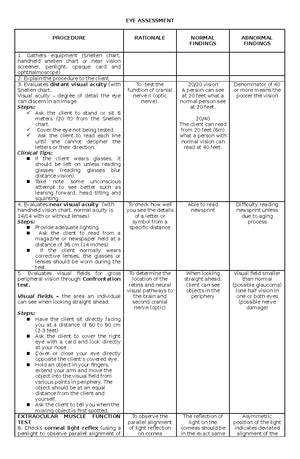- Information
- AI Chat
Was this document helpful?
Anatomy and Physiology notes
Course: Nursing (2018)
202 Documents
Students shared 202 documents in this course
University: Lorma Colleges
Was this document helpful?

Anatomy and Physiology
Study of the structure
and shape of the body
Study of the function of
the body parts
apart
cut
nature
Study of
Differences in the size and shape
of the body parts signifies its
functions
-large observable parts
-too small and can’t be seen
Structural Organization
Chemical level
Atoms combine to form molecules.
- Cells are made up
of molecules
- Tissues consist of
similar types of cells
- Organs are made up
of different types of tissues
- Organ
systems consist of different organs
that work together closely.
Human
organisms are made up of many organ
systems.
Organ Systems Overview
˪Forms the external body
covering
˪Protects deeper tissue from
injury
˪Helps regulate body
temperature
˪Location of cutaneous nerve
receptors
˪Protects and supports body
organs
˪Provides muscle attachment
for movement
˪Site of blood cell formation
˪Stores minerals
˪Produces movement
˪Maintains posture
˪Produces heat
˪Fast-acting control system
˪Responds to internal and
external change
˪Activates muscles and glands





